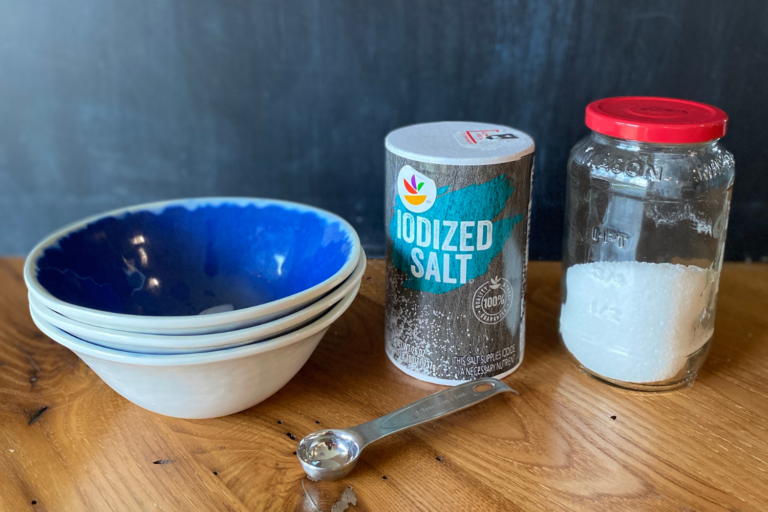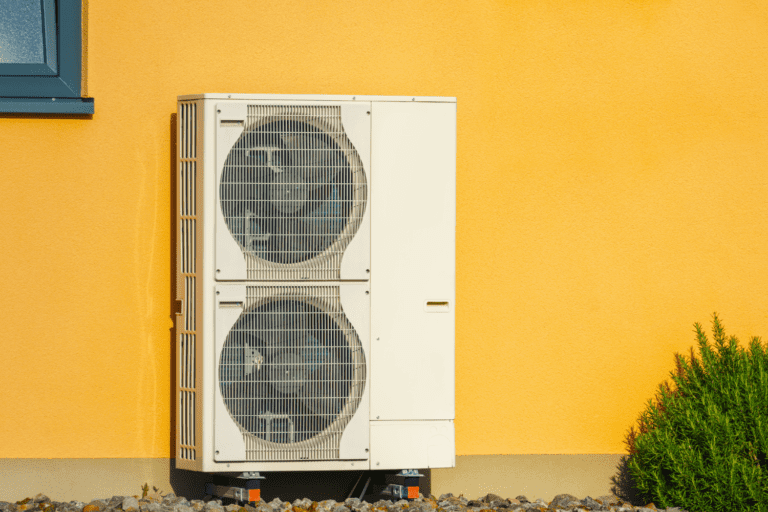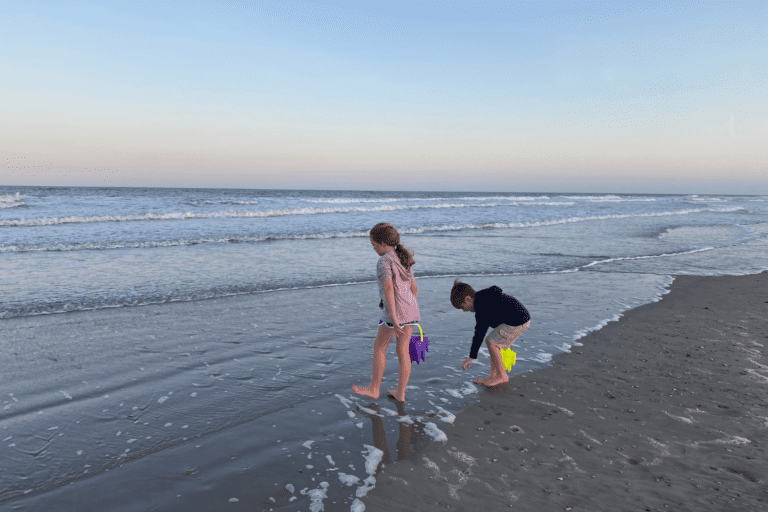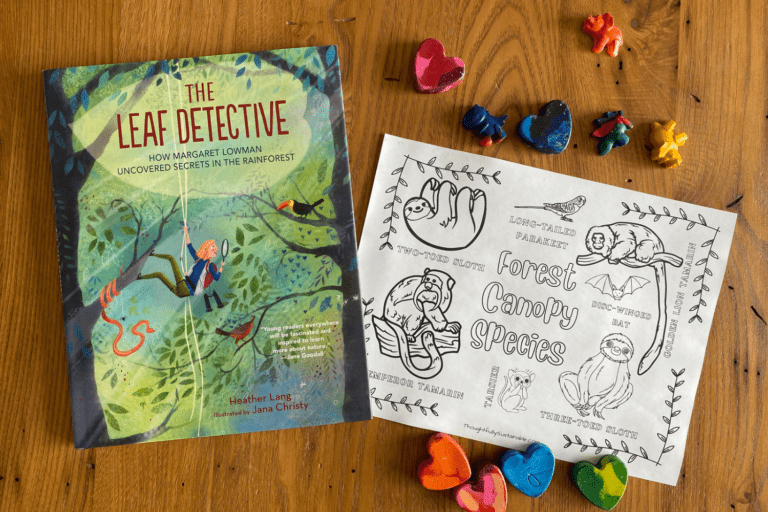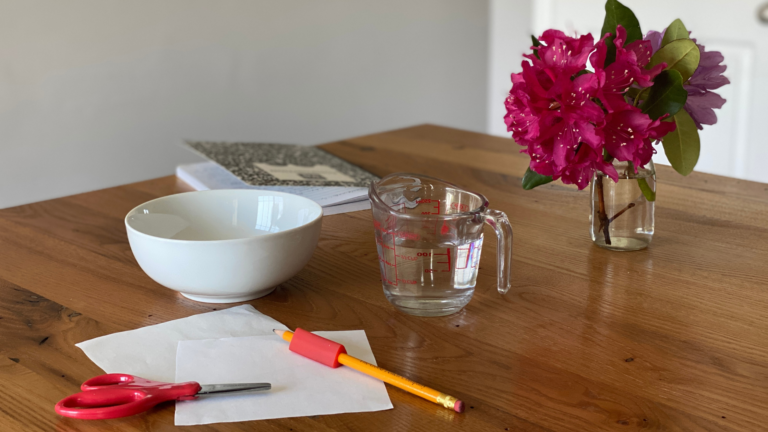How to Determine if Cranberries are Buoyant: A Winter Science Experiment.
Need a way to keep your kids learning over the winter break? I’ve created a simple science experiment for primary school learners to test the buoyancy of cranberries. Do they sink or do they float? Read on to learn more!
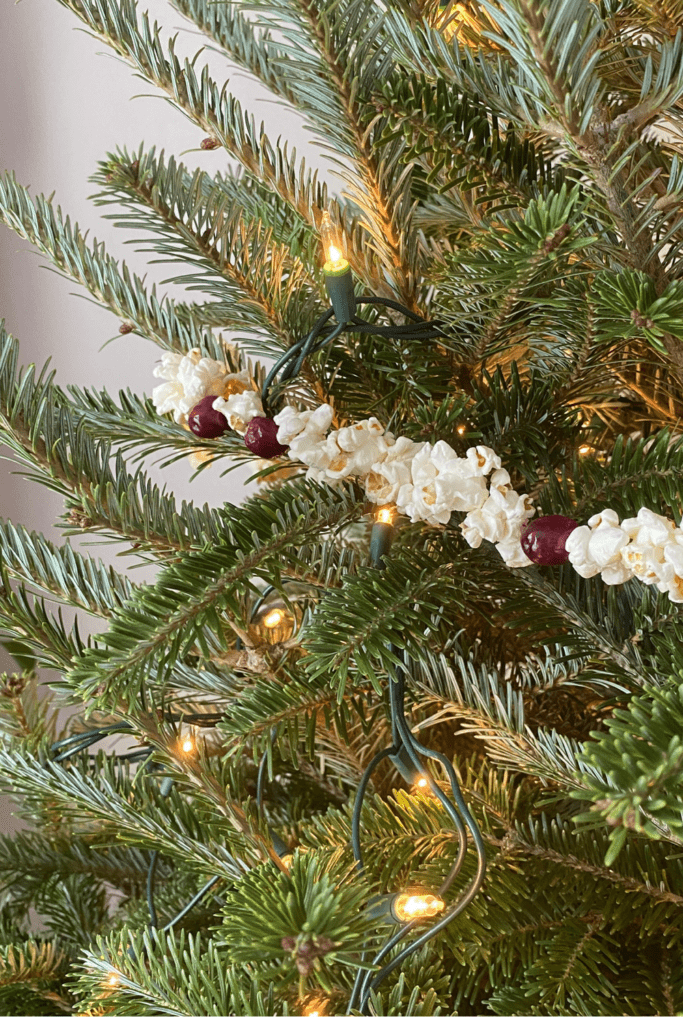
Fresh cranberries are synonymous with winter gatherings in my house. From cranberry sauce side dishes to cranberry-infused cocktails, these tart fruits often make their way onto my dinner table during the winter months.
This simple food staple can also make for a fun learning activity for young learners. When my son and daughter were 2 years old and 5 years old, I used fresh cranberries as a way to introduce them to the steps of the scientific method in less than five minutes!
Before we get to my simple winter science experiment, here are a few things you may want to know about cranberries.
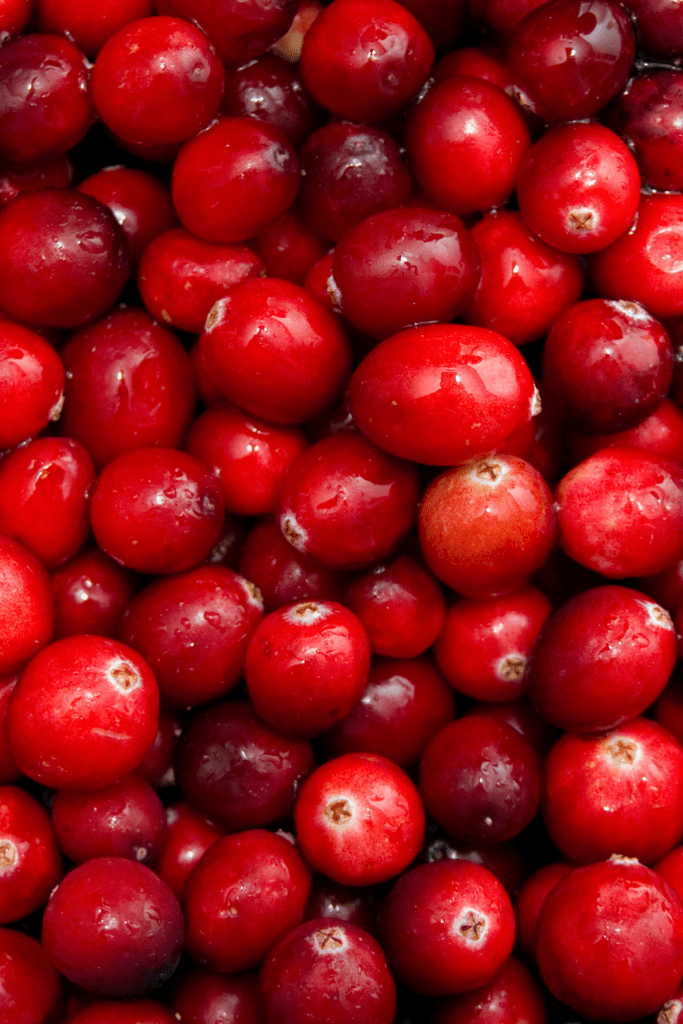
Are Cranberries a Fruit?
Cranberries are classified as a fruit because their small, round structure contains the seeds of the plant. The seeds inside a cranberry are very small, making them almost undetectable when eaten.
How Do Cranberries Grow?
Cranberries grow on low-lying vines similar to strawberries in wetland areas. These wetland areas are referred to as bogs and contain a unique mix of clay, sand, peat, and gravel. Cranberry bogs require a supply of fresh water and a growing season that stretches from April to November. The northern United States and southern Canadian provinces are common growing areas for this tart fruit. The cranberry vines are perennial, meaning they will grow back each year and do not need to be replanted. The Cape Cod Cranberry Association has reported that some vines in Massachusetts have been producing fruit for 150 years!
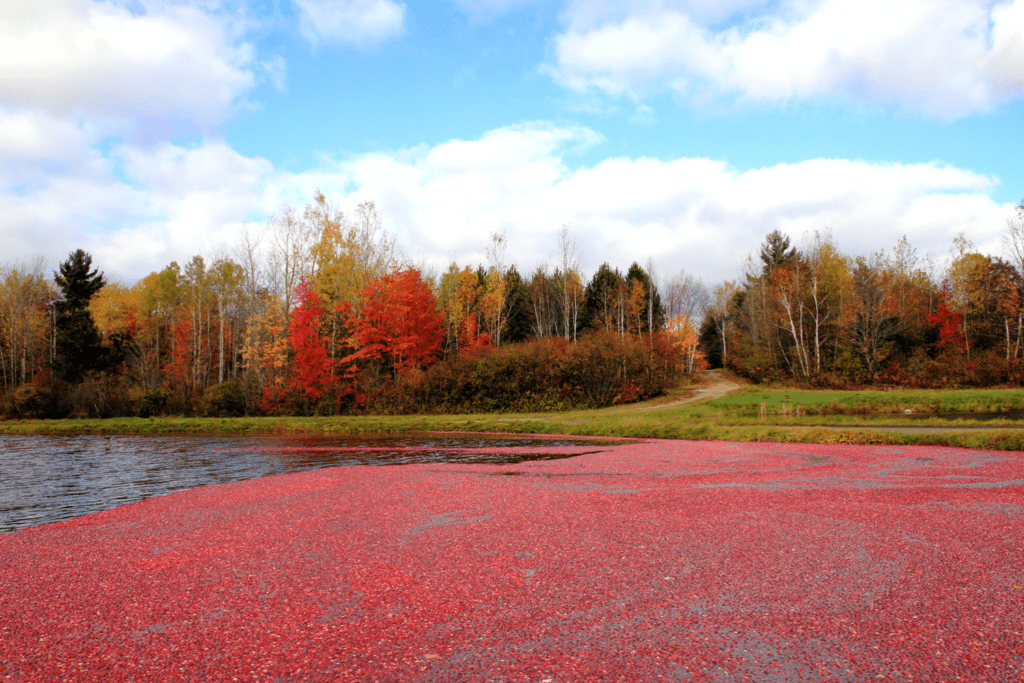
How Are Cranberries Harvested?
Cranberries are harvested in two different ways. One method of harvesting cranberries is through dry harvesting. As the name implies, dry harvesting is done in the absence of water, where the berries are collected by farmers walking behind machines that strip the fruit off the vines.
The most common way to harvest cranberries is through a method called “wet harvesting”. Since cranberries are hollow in the center, they can float in water. To perform a wet harvest, cranberry farmers flood the bog with fresh water. Then they stir up the bog with a tool that dislodges the fruit from the vine, causing the berries to rise to the surface of the water. The cranberries are then collected and taken out of the bog to be cleaned and processed.
Knowing that cranberries are hollow in the center makes them a perfect material for a simple science experiment about buoyancy!
What Is Buoyancy?
The term buoyancy describes the ability of a substance to float in a fluid. A fluid can be either a liquid or a gas. A substance that is less dense than the fluid it is in will float, while a more dense substance will sink.
When discussing the buoyancy of cranberries, the presence of an air pocket in their center causes them to have a lower density than water. This lower density allows them to float on the surface of the liquid.
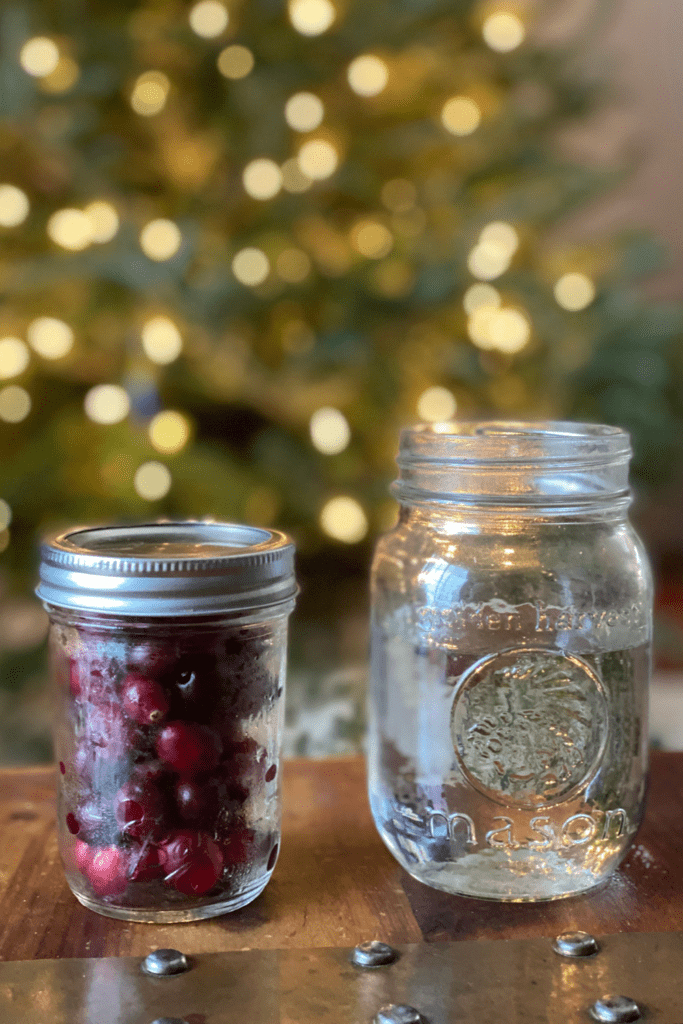
Build Critical Thinking Skills with a Cranberry Science Experiment
Although simple, this cranberry science experiment introduces the utilization of the scientific method. During this experiment, your little scientists will be able to:
- Create a hypothesis
- Test their hypothesis
- Make observations
- Analyze and discuss their results by asking “Why did this happen?”
- Draw conclusions
All this scientific learning can be accomplished with four simple supplies.
Materials For the Cranberry Science Experiment
In order to successfully conduct this simple cranberry science experiment with your kids, you’ll need the following supplies:
- Fresh cranberries
- Water
- A knife
- Fresh grapes (optional learning extension)
- A grown-up (to assist with the knife, if needed.)
Once you’ve collected these supplies, you’re reading to get started.
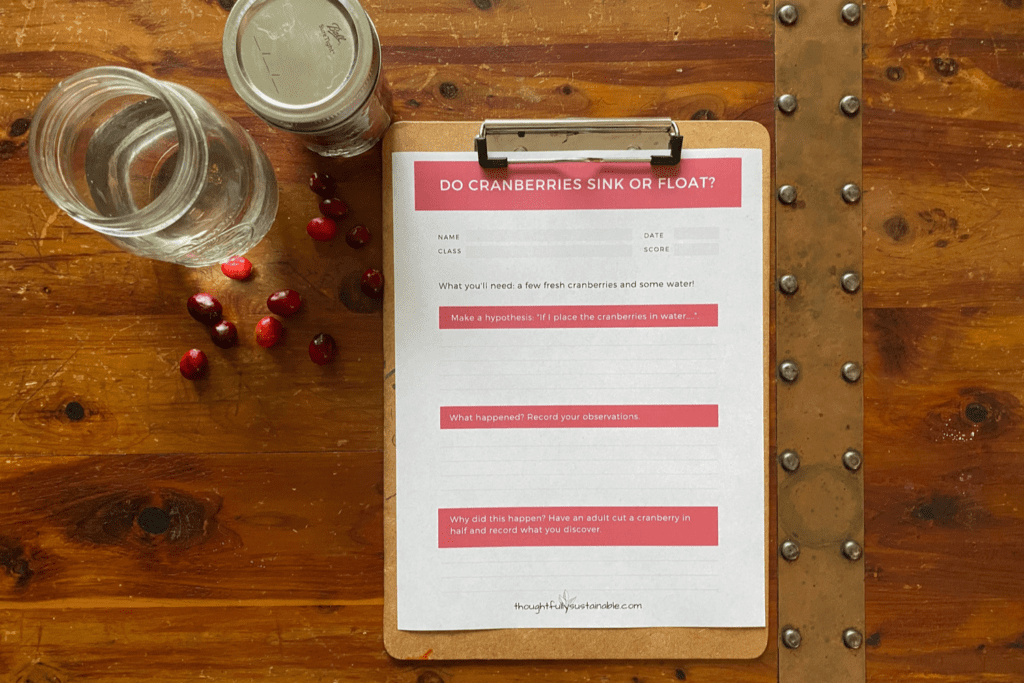
Free Printable For The Cranberry Science Experiment
To make this science experiment as easy as possible for you and your kids to try, I created a free printable to accompany this investigation. Download it below!
Making Observations and Predictions About Cranberries
To get your learners thinking, have them verbally make some observations about the cranberries. You can prompt them with questions like:
- What color are the cranberries?
- What shape are they?
- Are they hard or soft?
- Are they bigger or smaller than a grape? a sunflower seed? an apple?
Then, have them come up with a hypothesis by predicting if they will float or sink in water. Be sure to emphasize that a hypothesis is an educated guess, and it’s absolutely okay if their guess isn’t correct. That’s how all scientists learn!
How to Utilize the Scientific Method with the Cranberry STEM Experiment
Once they’ve written their hypothesis, let them test out their prediction by dropping a few cranberries in water. When they’ve written down what they’ve observed, ask them why they think they saw the result they did. Then, cut one of the cranberries open for them to look inside and record what they discover!
At this point, depending on the age of your learner, you can discuss the concept of buoyancy, compare the buoyancy of a cranberry to that of a grape, dive deeper into density, and even explore how large ships are designed to float.
Video Tutorial of the Cranberry Buoyancy Science Experiment
If you’d like to see the cranberry buoyancy science experiment in action, watch the following video tutorial. This simple science tutorial will walk you and your learners through the investigation one step at a time. I’ve included a learning extension activity that compares cranberries to grapes, giving learners the opportunity to dive deeper into the concept of buoyancy.
How to Sustainably Dispose of Your Cranberry Science Experiment
This science experiment was light on materials, however, I still like to discuss how to sustainably dispose of or repurpose the items necessary for the cranberry buoyancy activity. Here are a few options:
- Eat the cranberries! If you’ve never tried a fresh cranberry before, this may be a fun experience. Just be prepared to taste some tart fruit!
- Prepare some popcorn and string the cranberries with the popcorn to decorate an indoor tree. Even better, take the popcorn and cranberry string outside to decorate a tree for birds and mammals to enjoy.
- Add cranberries as a garnish to beverages like apple cider or adult cocktails and mocktails.
- Create a simmer pot with cinnamon sticks, water, cloves, and cranberries to fill your home with a lovely scent that’s sure to create a feeling of warmth and welcome.
Support STEM Learning By Experimenting with Cranberries
It’s never too early to foster a love of science in your little learners. Not only does it begin to build a foundation for their critical thinking skills, but it also cultivates curiosity in the natural world.
If you decide to give this a try, please let me know!
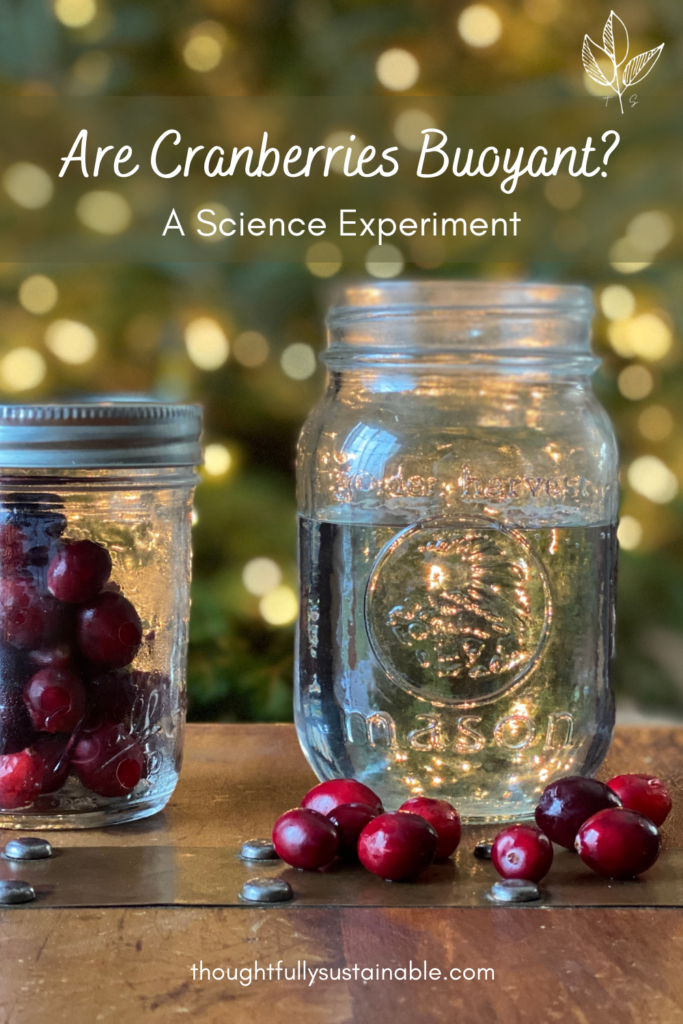
How To Determine If Cranberries are Buoyant: A Winter Science Experiment
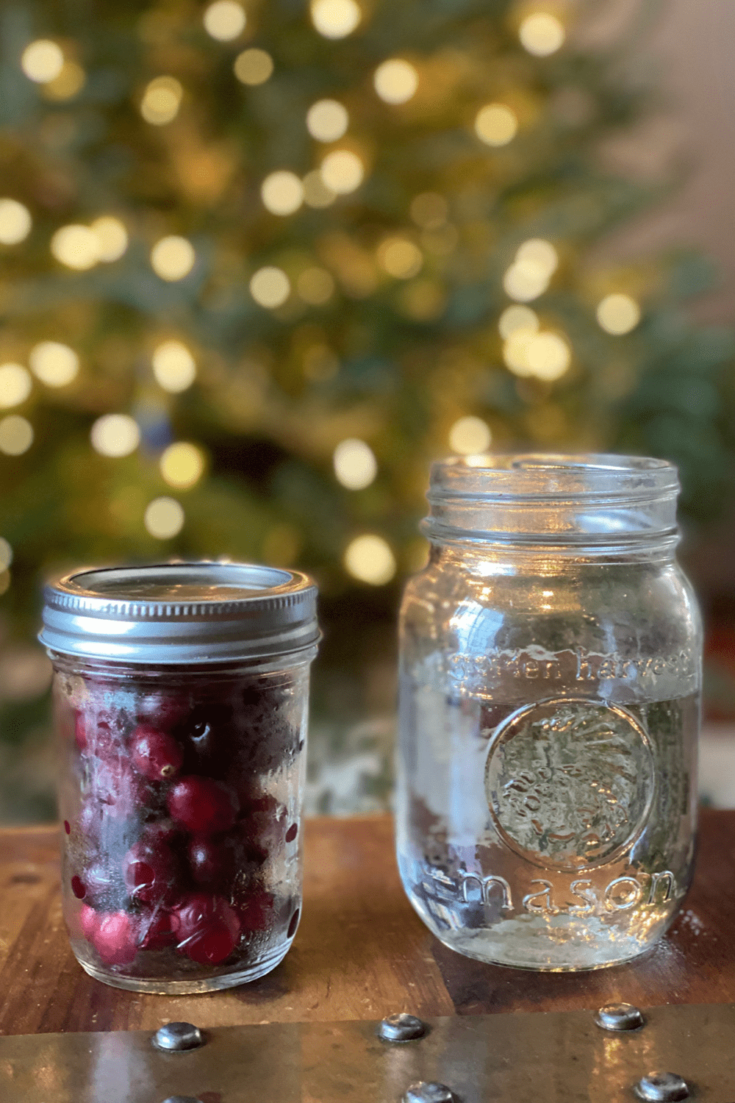
Use fresh cranberries to help your young learners discover the steps of the scientific method with this simple winter science experiment about buoyancy!
Materials
- Fresh cranberries
- Water
- Small knife*
- Cutting Board
- FREE Cranberry Science Experiment student printable
- *adult supervision and/or assistance for young learners
Instructions
To get your learners thinking, have them verbally make some observations about the cranberries. You can prompt them with questions like:
- What color are the cranberries?
- What shape are the cranberries?
- Are the cranberries hard or soft?
- Are they bigger or smaller than a grape? a sunflower seed? an apple?
Then, have them come up with a hypothesis by predicting if they will float or sink in water. Be sure to emphasize that a hypothesis is an educated guess, and it's absolutely okay if their guess isn't correct. That's how all scientists learn!
Once they've written their hypothesis on their free cranberry science student printable, let them test out their prediction by dropping a few cranberries in water. When they've written down what they've observed, ask them why they think they saw the result they did. Then, cut one of the cranberries open for them to look inside and record what they discover!
At this point, depending on the age of your learner, you can discuss the concept of buoyancy, dive deeper into what density means and even explore how ships are designed to float.


